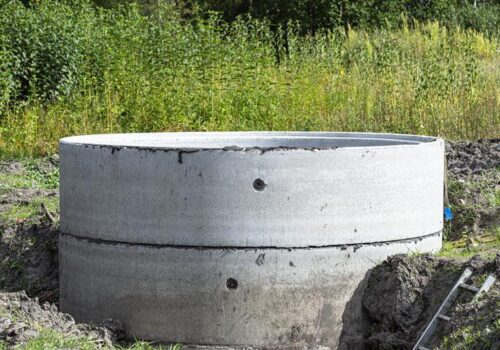How Local Garden Landscapers Understand Your Soil?
One of the most fundamental aspects of successful landscaping is understanding the soil in your garden. This knowledge is what differentiates a thriving, vibrant garden from a struggling one. Local garden landscapers have mastered the art of deciphering the secrets hidden within the soil, and that’s what we’re going to explore in this post.
The Science Behind Soil
Soil isn’t just dirt; it’s a complex ecosystem teeming with life and rich in nutrients. The structure, texture, pH, organic matter, and biology of the soil all play a vital role in determining how well plants will grow.
Soil Structure and Texture
These two things of the soil are critical because they affect how well the soil can hold and drain water. For instance, sandy soils drain quickly but don’t hold onto nutrients well, while clay soils retain water but may impede root growth due to their density. Successful landscapers understand these differences and choose plants accordingly or amend the soil to improve its structure and texture.
Soil pH
The pH level of the soil determines how readily available nutrients are to plants. Some plants prefer acidic soils, while others thrive in alkaline conditions. Understanding the pH preference of different plants and adjusting the soil pH accordingly is a key skill of local garden landscapers.
Soil Management Techniques
Effective soil management is crucial in home gardens and landscapes. It involves practices like composting, crop rotation, cover cropping, and mulching, which help to improve soil fertility and structure.
Composting and Organic Matter
Composting is a natural process that turns kitchen and garden waste into nutrient-rich soil conditioners. Adding compost to the soil not only provides plants with essential nutrients but also improves the soil’s structure, moisture retention, and microorganism activity.
Lawn maintenance services
In addition to managing the soil, lawn maintenance services in Casuarina play a crucial role in maintaining the overall health and aesthetic of your garden. These services often include tasks like mowing, edging, aerating, and fertilizing, which help to promote healthy grass growth and prevent weed infestation.
Conclusion
Understanding your soil is a journey, not a destination. It requires constant learning, observation, and experimentation. But with some effort and patience, you can unlock the secrets of your soil and create a thriving garden. Remember, local garden landscapers don’t just work with the soil; they understand it, respect it, and nurture it. By following their example, you too can create a garden that is not just beautiful but also healthy and sustainable.





